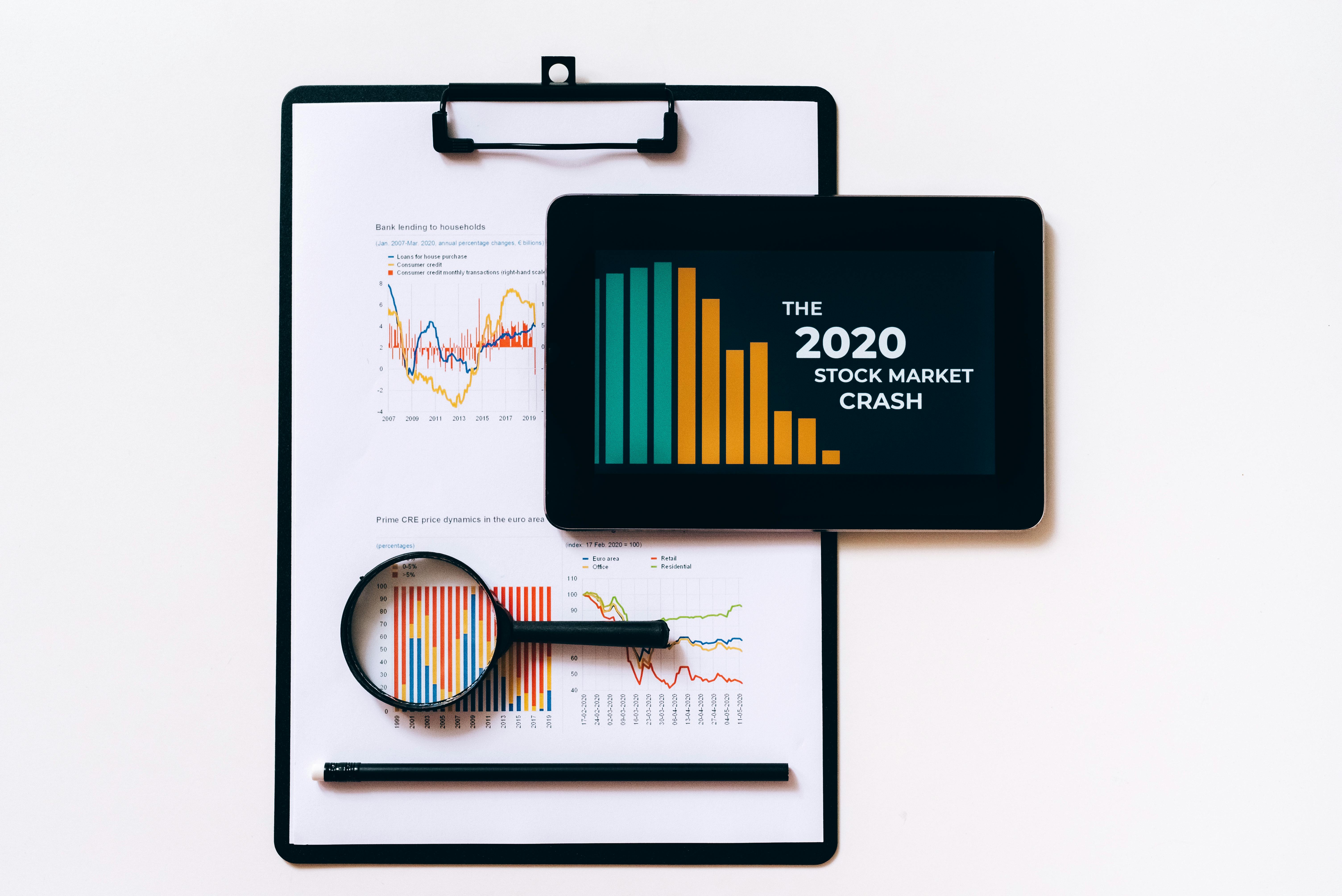Internet has become more of a necessity for people today as here they can find various information quickly. And because of this demand, there are over a billion websites and this is growing exponentially every year. CMS or Content Management System is an important part of web development and more than a third of all websites are powered by four major CMS platforms which are: WordPress, Magento, Drupal and Joomla. The popularity of these CMS platforms lies in the fact that they all offer attractive factors and focus on user experience, accessibility and success in the markets. But a major problem that accompanies these CMS platforms is the threat to cyber security.
Why are CMS platforms often targeted by cybercriminals?
CMS platforms are more vulnerable by nature because they are based on open source frameworks and such shared development environments offer numerous benefits, but on the other hand they also have some flaws that stem from a lack of accountability. Since there is no license fee, no one takes responsibility for potential issues like security issues. Now both security researchers and the hacking community are working on these security vulnerabilities. And with administrative access, hackers can cause any kind of damage as a result of defacing the website to use it for malware distribution and this gets the site blacklisted by Google and other major search engines.
How to protect your website CMS?
Although hacker tactics and capabilities are continually evolving, there are important tips that can help you protect your CMS website from security attacks:
Using a web application firewall: Users can opt for a WAF that automatically protects the site against CMS vulnerabilities. It is an enterprise-grade security product that is available as a server add-on, device add-on, or even in a cloud-based security-as-a-service model.
CIA model: The CIA model is used as a guide to ensure information security within the organization. The set of rules limits access to the information, to ensure that the information is accurate and reliable. To stay in line with the CIA model, it is important for organizations to consider the dissemination of information. CMS represents both internal and external information, so it is important to take system security seriously and prevent any data loss and tampering.
Using plugins sparingly: CMS have a wide variety of plugins available and the advantages derived from the various extensions give users the opportunity to customize and use the features that are not present in the original package. This makes it more vulnerable and hackers find more access possibilities. Therefore, it is very important to know your exact requirements and use only the necessary plugins and avoid using unnecessary external plugins. Paying close attention to CMS community reviews and recommendations and not downloading every new plugin can save your CMS website from security attacks.
Risk assessment and treatment: When it comes to the security of your website, it’s a game. Hackers will try to find out the loopholes in the software and developers will try to fix the patch as soon as possible. Risk assessment helps security professionals identify incidents that could occur and damage company assets. Detailed reports help developers to protect CMS website against potential attacks. Using tools like vulnerability scanners allows administrators to find the weakest aspects and then harden the security system. This reduces the damage caused by any breach and should be implemented as part of the disaster recovery plan. Regular backup of the site and its database is also an important task to perform.
